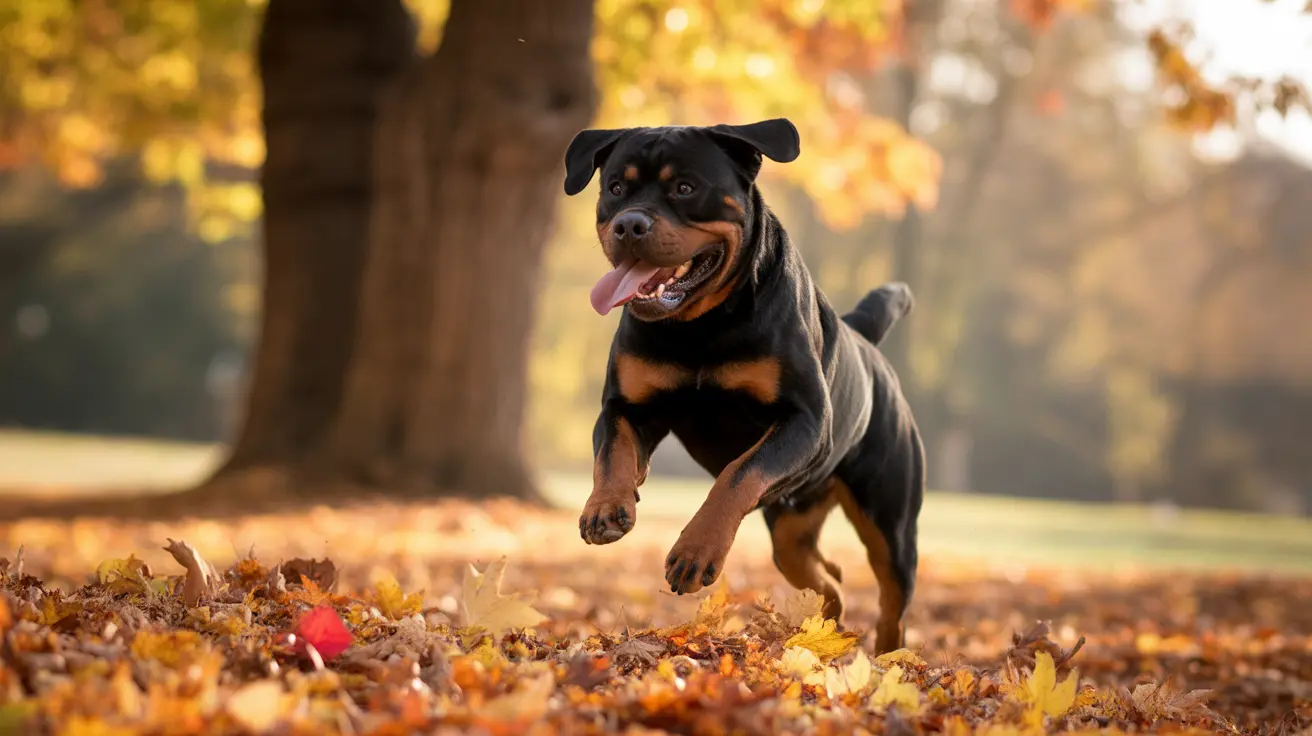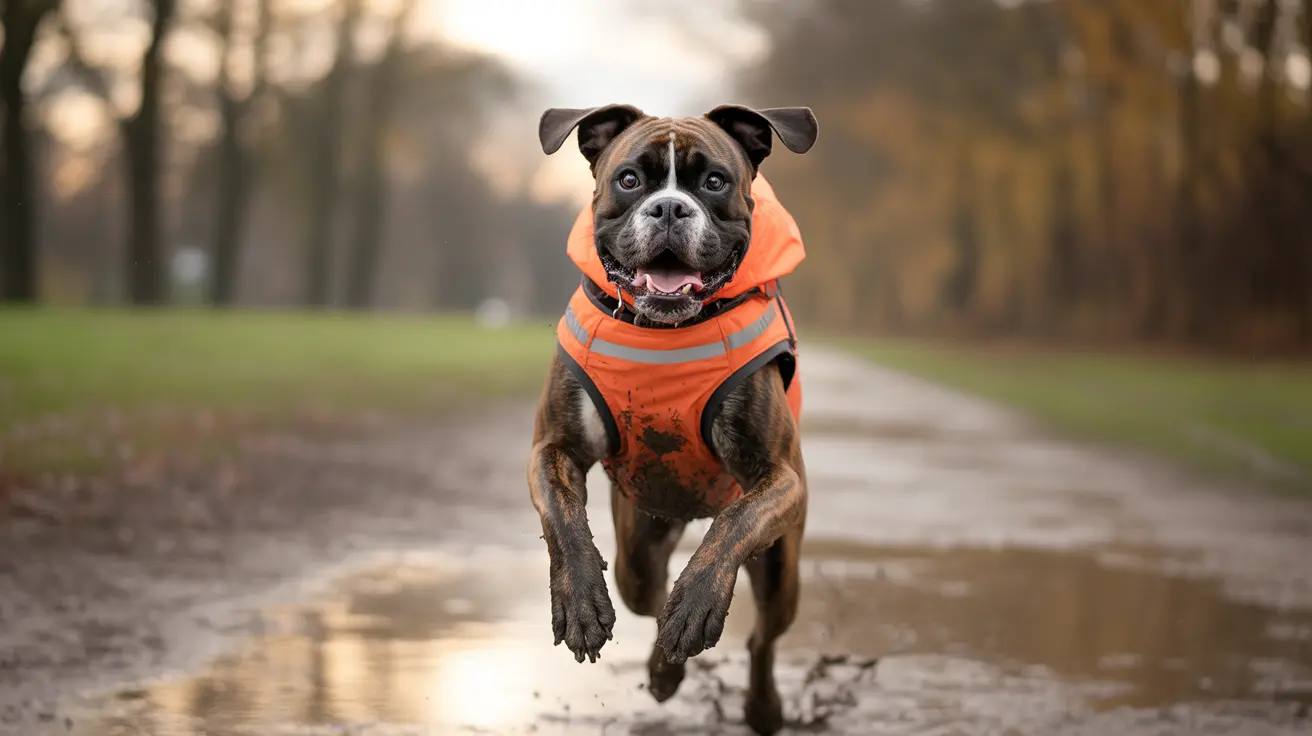Do Dogs Wait for Their Owners to Eat? Unpacking Pet Behavior After Death
Among the many devoted qualities attributed to dogs, loyalty often tops the list. The image of a dog waiting patiently for its owner is a beloved and widely accepted belief. But what happens when the owner can no longer return? Do dogs maintain this loyalty by refusing to eat in the absence of their human companion? Or do survival instincts eventually override that attachment?
In this article, we dive into the unsettling but revealing topic of whether dogs wait for their deceased owners to eat and what forensic and case study evidence suggests about this behavior.
Real Cases: Dogs and Their Deceased Owners
Scientific literature and forensic records have documented several instances where dogs have been discovered in homes with their deceased owners. Some of these cases have been particularly eye-opening:
- 2007 Case: A Chow and a Labrador mix were found alive inside a house with the skeletonized remains of their owner, even though dog food was present.
- 1997 Case: A German shepherd was reported to have eaten its owner's facial area within only a few hours of death, ignoring available pet food.
These examples illustrate that some dogs may scavenge their owner’s remains regardless of food availability, challenging the assumption that such behavior is solely due to dire hunger.
The Initial Protective Instinct
Many first responders note that dogs initially exhibit protective behavior toward their deceased owners. Rather than resorting to scavenging, dogs may become aggressive toward strangers and try to shield the body. This reaction supports the idea that dogs sense something is wrong and may even attempt to wake the person through licking or nudging.
However, as time passes and the reality of the owner's absence sets in, these animals may transition from concern to desperation or instinctive behaviors.
Factors Influencing Scavenging
Several factors influence whether and when a dog may eat its deceased owner:
- Time Since Death: Dogs may refrain from feeding until after putrefaction begins, when strong odors from decomposition stimulate scavenging tendencies.
- Breed and Temperament: More assertive or anxious breeds might scavenge sooner, while others may continue to guard or starve themselves instead.
- Hunger vs Instinct: While hunger is a leading cause, forensic data show that even well-fed dogs have begun consuming remains—suggesting other instincts are at play.
Do Dogs Show Loyalty in Death?
Interestingly, there are cases where dogs have died of starvation rather than consume their owners’ remains. In those situations, the loyalty of dogs is tearfully apparent. Based on documented incidents, although some dogs may wait and even die waiting, others—even loyal ones—may ultimately resort to scavenging out of distress or triggered instincts.
A Comparison with Cats
Dogs are actually documented more often than cats in cases of postmortem scavenging. While cats are more selective eaters due to their sensitive digestion and learned preferences, there are cases where they begin chewing soft facial tissues soon after their owner's death. However, unlike dogs, cats may do so sooner—sometimes within 48 hours—particularly when the body has cooled and the animal perceives changes in smell and behavior.
The Emotional and Evolutionary Roots
Understanding these behaviors requires stepping outside human emotions. Dogs and cats have been bred and raised in domesticated environments that sometimes interfere with or suppress predatory instincts. Yet in isolation, with their main source of support gone, even the most beloved pet might revert to survival behavior.
Experts suggest that the act of licking or nudging a non-responsive owner may escalate into biting in confusion or frustration. If bleeding occurs, the taste and scent of blood may become a trigger for further feeding.
Implications for Pet Owners
While this information may seem unsettling, it offers valuable insight into the natural instincts of animals during extreme circumstances. It also highlights the importance of regular welfare checks for individuals who live alone with pets. Reducing the time a deceased person remains undiscovered can influence whether animals face such distressing decisions.
Pet owners may find comfort in knowing that such behaviors are not acts of betrayal or malice. Rather, they suggest a deep confusion and a survival mechanism that surpasses emotional bonds when no alternatives are present.
Conclusion
Although dogs are often perceived as creatures of loyalty and affection—and many indeed guard or wait beside their deceased owners—evidence shows that some also revert to instinctive behaviors that may include scavenging. This behavior is influenced by a complex interaction of factors, including hunger, the passage of time, and changes in scent due to decomposition.
Ultimately, whether a dog waits for its owner to eat depends on its temperament, context, and environment. As somber as these findings may be, they provide crucial insights for both pet lovers and forensic investigators in understanding animal behavior in the absence of their human companions.





